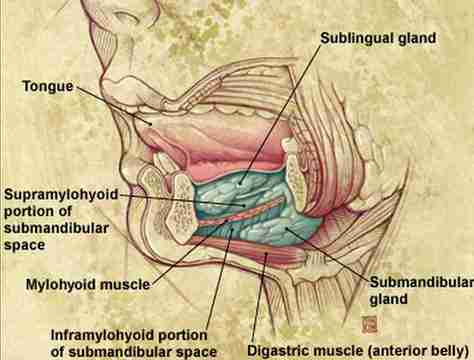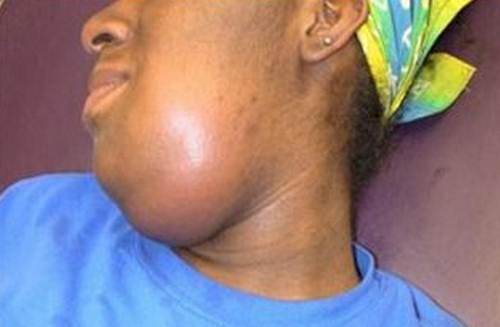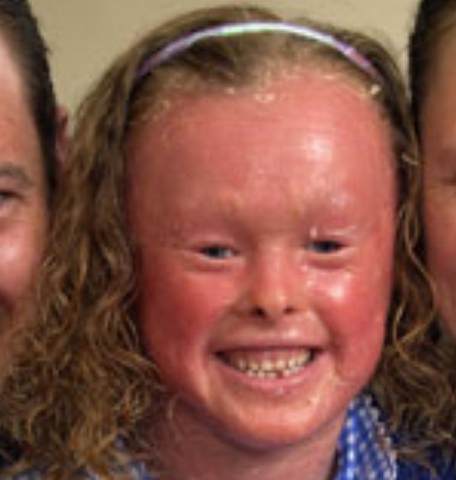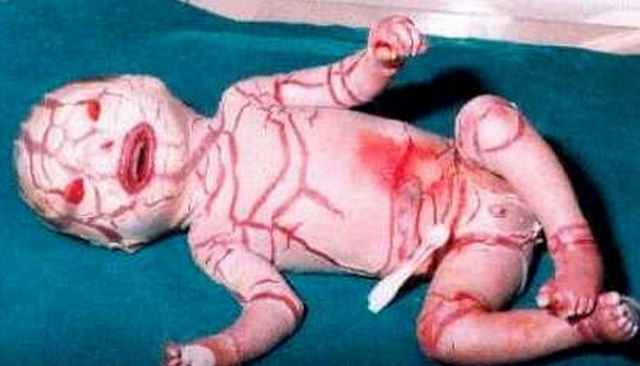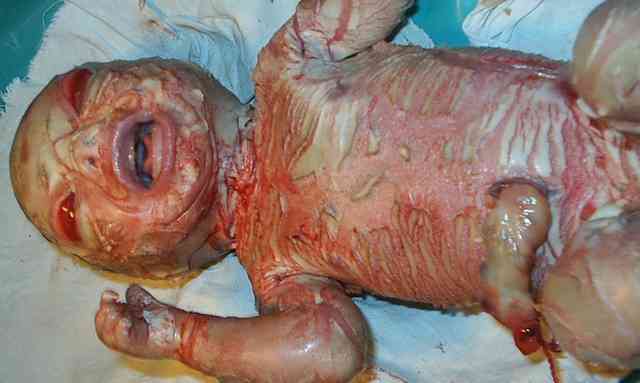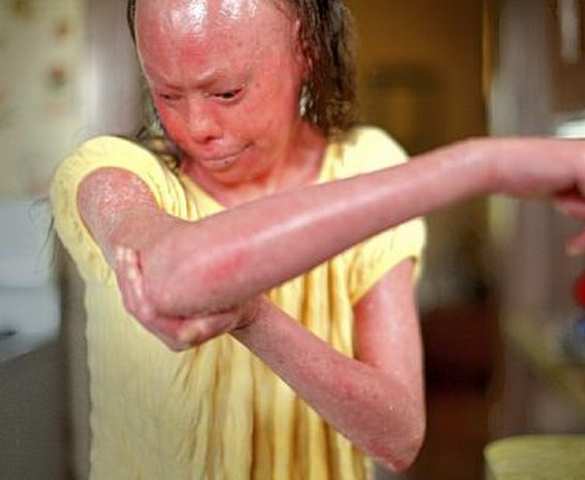Sleeping Sickness
What is Sleeping Sickness?
Do you always travel in Africa? If yes, are you aware about the Sleeping Sickness or so called by the medical experts as African Trypanosomiasis or Congo Trypanosiomiasis. This is a disorder caused by small parasites that are transmitted to human hosts by bites of infected tsetse flies (Glossina Genus). The disease develops slowly and if treatments are delayed, it can lead to a serious infection in the brain that can lead to fatality or death. In addition, it can be transmitted through mother to child, blood transfusion and sometimes infections through handling blood of an infected person.
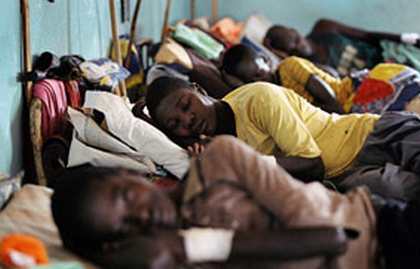
Sleeping Sickness Causes
What causes the person to be infected?
- It is caused by infected tsetse flies that carry 2 types of germs: Trypanosoma brucei rhodesiense (East African sleeping sickness) and Trypanosomoa brucei gambiense (West African sleeping sickness).
- Sleeping Sickness normally is present in rural areas, living in woodlands, rivers, streams and forest.
- Both male and female tsetse flies can transmit the infection and they bite during daylight hours.
- Once you are bitten, the infection will spread through your blood and if it is not detected early it can affect the central nervous system which is fatal to the person who is infected by the disease.
Sleeping Sickness Symptoms
First Stage (Haemolymphatic phase)
In first stage, Haemolymphatic system is affected. The symptoms are
- Fever
- Indurate chancre at bite site
- Headache
- Joint pains
- Itching
- Winter bottom’s sign is clearly visible: swelling of lymph nodes (lymphadenopathy) along the back of the neck, which indicates inflammation.
Second Stage (Neurologic phase)
In second stage, Central Nervous System is affected. The symptoms are
- Confusion
- Loss of appetite
- Reduced coordination
- Disruption of the sleep cycle (daytime somnolence followed by night time insomnia)
- Irritability
- Tremors
- Muscle rigidity and tonicity
- Stupor and Coma (which gives the name “sleeping sickness”)
Sleeping Sickness Diagnosis
The best way to diagnose if the patient is positive for having a sleeping sickness disorder is through identification of parasites in the patient sample through microscopic examination. Patient sample that can be used in diagnosis include blood smear, cerebrospinal fluid test, lymph node aspiration, and bone marrow aspiration.
The second way in diagnosing a person is through physical examination.
Sleeping Sickness Treatment
First phase
Pentamidine and Suramin these are drugs that are traditionally used in patients with first stage of sleeping sickness disorder.
- Pentamidine is an antimicrobial medication that is administered through injection and inhalation. It has many side effects like decrease in blood pressure, irregular heartbeats, heart failure, liver inflammation and some neurologic effects such as dizziness, confusion and hallucination.
- Suramin is an inject-able medication that causes parasites to lose their energy and die. The common side effects are diarrhea, headache, nausea and vomiting.
Second phase
Eflorinithine and Melarsoprol are drugs used in patients with second stage of sleeping sickness disorder
- Eflornithine is a new drug for the sleeping sickness disorder known for having a fewer side effect, more effective but costly. It is a drug that is ideal for killing susceptible bacteria responsible for sleeping sickness.
- Melarsoprol is a highly toxic drug that is administered through injection and it is supervised by a physician as it produce a similar effects as arsenic poisoning.
Sleeping Sickness Prognosis
Untreated infection both the Trypanosoma brucei rhodesiense (East African sleeping sickness) and Trypanosomoa brucei gambiense (West African sleeping sickness) is fatal that it might lead to death. So, therefore both of them must be treated without delay. The blood borne stage or the haemolymphatic stage of infection is the opportune time to treat the disease. If the disease is left untreated, or the parasites already invades the central nervous system and the patient already show signs of neurologic symptoms or when the patient is already experiencing the sleeping sickness the disease is invariably fatal, with progressive mental deterioration leading to coma and death.
Sleeping Sickness Complications
- Cardiomyopathy: disease that affects the muscle of the heart
- Heart Failure: is a serious condition where the heart continues to beat but it’s too weak to pump sufficient amount of oxygen-rich blood to and from the lungs and to the rest of the body.
- Coma: is a deep state of unconsciousness which the patient fails to respond normally to painful stimuli, lights or sound, and does not initiate voluntary actions.
- Death
Sleeping Sickness Prevention
- If you came to a place where tsetse flies are present and you experience symptoms like fever, headache and some disturbance in your sleep pattern, you immediately seek a doctor for diagnosis and treatment. Diagnosis includes different types of test to confirm the presence of infection like blood smear or complete blood count and will conduct physical examination for the diagnosis of central nervous system disturbance. The treatment of this disease is a far-reaching process so it needs the attention and willingness of the person to be treated.
- Wear long sleeved shirt and pants in medium-weighted and in neutral colors. Tsetse flies are easily attracted to bright and dark colors.
- Inspect vehicles before entering because these flies are attracted to motion and dust.
- Avoid bushes. Tsetse flies don’t bite during the hottest time of the day but if they are disturbed they will bite.
- Using insecticides and clearing shrubbery helps in disturbing the breeding of the flies.
- Improving housing and sanitation. This can result in reduction in the rate of infection.
Remember
- There are still no vaccines or drug to prevent Sleeping Sickness.
- Sleeping sickness should be treated as early as it’s detected because if not, this disease will worsen as days and weeks will pass because the infection will spread in the body that will result to irreversible cure that can lead to death.
- Preventive measures are aimed by both government and health organization in minimizing contact with tsetse flies.

